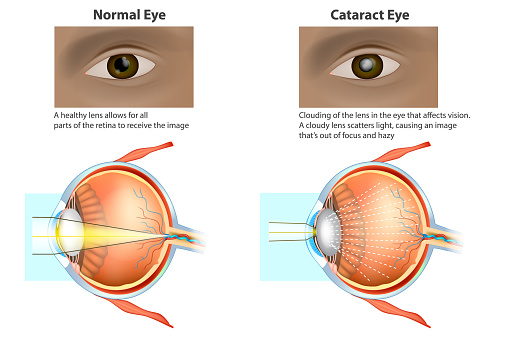Cataract Surgery
Removal of cataracts is crucial to prevent severe loss of vision and the debilitating effects that this common condition can cause.

Schedule Online
Book Your Next Appointment Entirely Online.
Find An Appointment That Works for You!
Treatments for Cataracts
If you have been diagnosed with cataracts, or if you are worried that you may have an undiagnosed cataract in either eye, the best thing to do is consult your eye doctor. It is also important to monitor your vision for significant vision loss or an inability to perform daily tasks like driving. If this occurs, you should come in to see our optometrists and ophthalmologists to discuss the next steps with your options for potential surgery.
Advanced Technology for Cataracts Learn More
Learn MoreHow Much Does Cataract Surgery Cost?
Learn MoreSchedule an appointment online
Book Your Next Appointment Entirely Online.
Find An Appointment That Works for You!
Cataract Surgery Resources
31 Answers to Your Cataract Surgery Questions
Cataract surgery is a popular treatment for cataracts, a condition that clouds the eye’s lens. Early signs of cataracts include cloudy vision, difficulty seeing at night, light sensitivity, and seeing…
Is It Possible to Reverse Cataracts Without Surgery?
Cataracts are one of the most common eye health problems. Globally, cataracts cause a third of severe visual impairments, according to the World Health Organization. Described simply, when you have…
Locations
6710 S Fort Apache Rd
Las Vegas, NV 89148
10424 South Eastern Avenue, Suite 100
Henderson, NV 89052
2555 Box Canyon Dr.
Las Vegas, NV 89128
2110 E Flamingo Rd, Suite 210
Las Vegas, NV 89119
2555 Box Canyon Dr.
Las Vegas, NV 89128
Doctors






